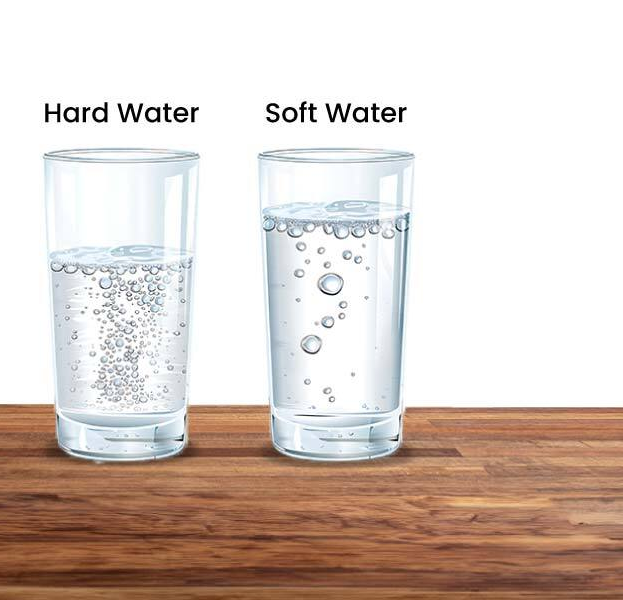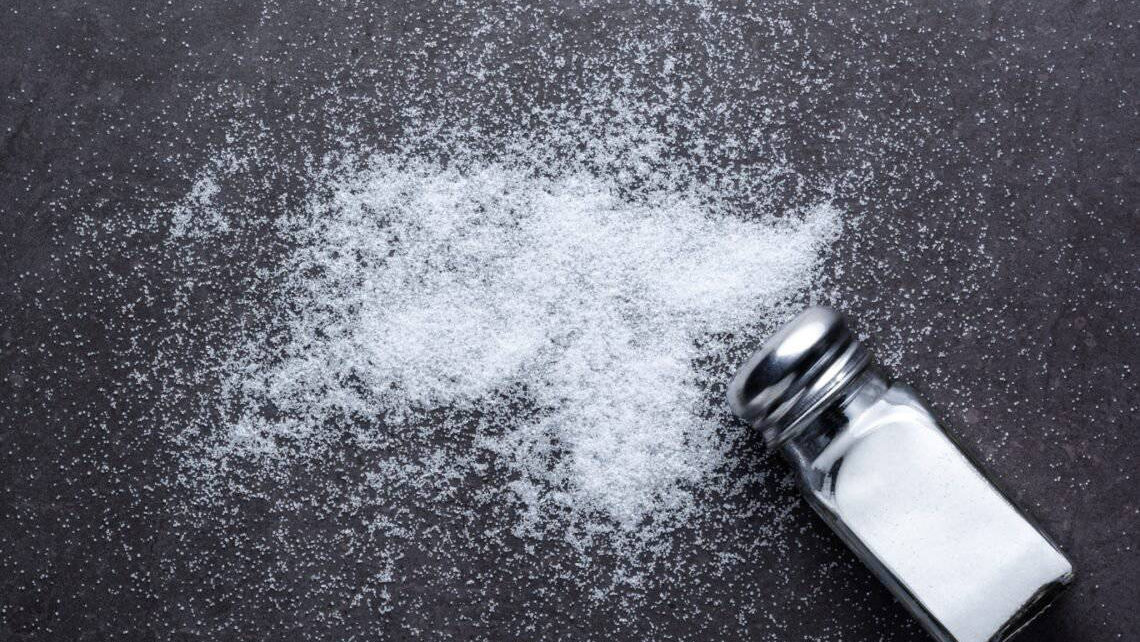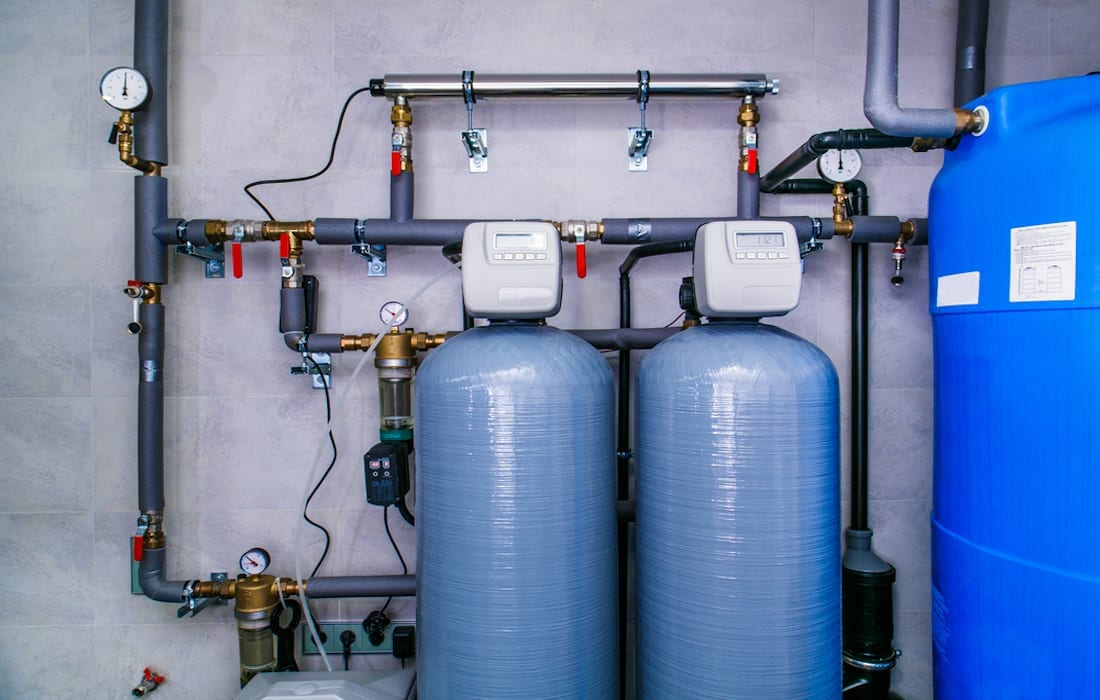Now Reading: Hard Water Test: 7 Powerful Ways to Check It at Home 2025
-
01
Hard Water Test: 7 Powerful Ways to Check It at Home 2025
Hard Water Test: 7 Powerful Ways to Check It at Home 2025

Table of Contents
Hard Water Many households across the globe deal with the effects of hard water without even realizing it. From dry skin and dull hair to limescale on appliances, the signs are often ignored until damage becomes expensive. But the good news is that testing for hard water at home is simple, affordable, and doesn’t require any special equipment. With a few household items or affordable test kits, you can find out if your water is hard and take the right steps to treat it.
This article will walk you through easy and effective ways to test for hard water at home. Understanding your water quality is the first step toward improving your daily comfort and protecting your home appliances.
What Is Hard Water?
Hard water is water that contains high levels of dissolved minerals, mainly calcium and magnesium. These minerals are naturally picked up as water flows through soil and rocks. Although hard water is not harmful to your health, it can cause a number of practical problems in daily life.
Some common issues caused by hard water include:
- Soap and shampoo not lathering properly
- White spots on dishes and glassware
- Buildup of scale on faucets, showerheads, and appliances
- Dry skin and hair after bathing
- Reduced lifespan of water-based appliances
The level of water hardness is measured in parts per million (ppm) or milligrams per liter (mg/L). Water with more than 120 ppm is usually considered hard.
Why You Should Test for Hard Water
Knowing whether your water is hard helps you make better decisions about home maintenance and health. For example:
- It can help you choose the right water filter or softener
- It prevents plumbing and appliance damage caused by scale buildup
- It improves the performance of soaps, detergents, and shampoos
- It can enhance skin and hair condition over time
5 Easy Ways to Test for Hard Water at Home
Here are five methods you can use to test your water without hiring a professional.
1. Soap Suds Test (DIY Bottle Test)
This is one of the most common and simplest tests.
What You Need:
- A clean, clear bottle (with a cap)
- Tap water
- Liquid dish soap (without moisturizers or additives)
How to Do It:
- Fill the bottle one-third full with tap water.
- Add 10–12 drops of dish soap.
- Shake the bottle vigorously for 10–15 seconds.
- Observe the results.
What to Look For:
- Soft water will produce lots of bubbles and the water beneath will appear clear.
- Hard water will produce few bubbles, and the water may look cloudy or milky.
This test is not highly accurate but gives a quick visual indicator.
2. Check for Soap Scum and Scale Buildup
Hard water often leaves visible signs around your home.
Where to Look:
- Faucets and showerheads (white or chalky residue)
- Dishes and glasses (white spots after washing)
- Bathroom tiles (soap scum that doesn’t easily wash off)
- Washing machine or kettle interiors (crusty deposits)
If you frequently notice these signs, there’s a good chance you have hard water.
3. Use a Hard Water Test Strip
Test strips are affordable, accurate, and available at most hardware stores or online.
How to Use:
- Fill a cup with tap water.
- Dip the test strip into the water as per the instructions.
- Wait for the strip to change color.
- Match the color on the strip to the chart provided.
This gives a more precise reading of your water’s hardness level, usually in grains per gallon (GPG) or ppm.
4. Boiling Test (for Calcium Residue)
This test helps detect mineral deposits.
What You Need:
- A clean saucepan
- Tap water
How to Do It:
- Fill the pan with tap water.
- Boil the water for 10–15 minutes.
- Let the pan cool and observe the inside surface.
What to Look For:
If you see white flakes or a chalky residue, it means minerals are present in the water—indicating hardness.
5. Call Your Local Water Supplier or Check Online
If you get municipal water, your local water authority usually provides water quality reports. These reports include detailed information on water hardness and mineral content.
You can also find this data online on your city’s water department website or request it via email or phone.
Understanding the Results
Here’s a general guide to water hardness levels:
- Soft water: 0–60 ppm or 0–3.5 GPG
- Moderately hard water: 61–120 ppm or 3.5–7 GPG
- Hard water: 121–180 ppm or 7–10.5 GPG
- Very hard water: 180+ ppm or 10.5+ GPG
If your water is classified as hard or very hard, you may want to consider treatment options like a water softener or filtration system.
What to Do If You Have Hard Water
If your water test confirms high hardness levels, here are some solutions:
- Install a water softener: This is the most effective long-term solution. It replaces calcium and magnesium with sodium or potassium ions.
- Use descaling agents: Products like vinegar or citric acid can help clean off scale from appliances and surfaces.
- Choose hard-water-friendly detergents: Some laundry and dishwashing products are specially designed to work better in hard water conditions.
- Use shower filters: These can help reduce mineral effects on skin and hair.
Final Thoughts
Testing for hard water at home doesn’t require special tools or professional help. Whether you go with a simple soap test or use a test strip, a little effort can help protect your home, appliances, and even your health.
Once you identify your water hardness, you’ll be in a much better position to choose the right filtration or softening solution. Over time, this can save you money, improve comfort, and extend the life of your plumbing and appliances.
If you notice signs like soap not lathering, white spots on dishes, or dry skin, don’t ignore them. Try one of the easy tests above today and take control of your water quality.
Read More:- Shobha Realty Launches Its Most Luxurious Project Yet—Full Details Inside 2025






















